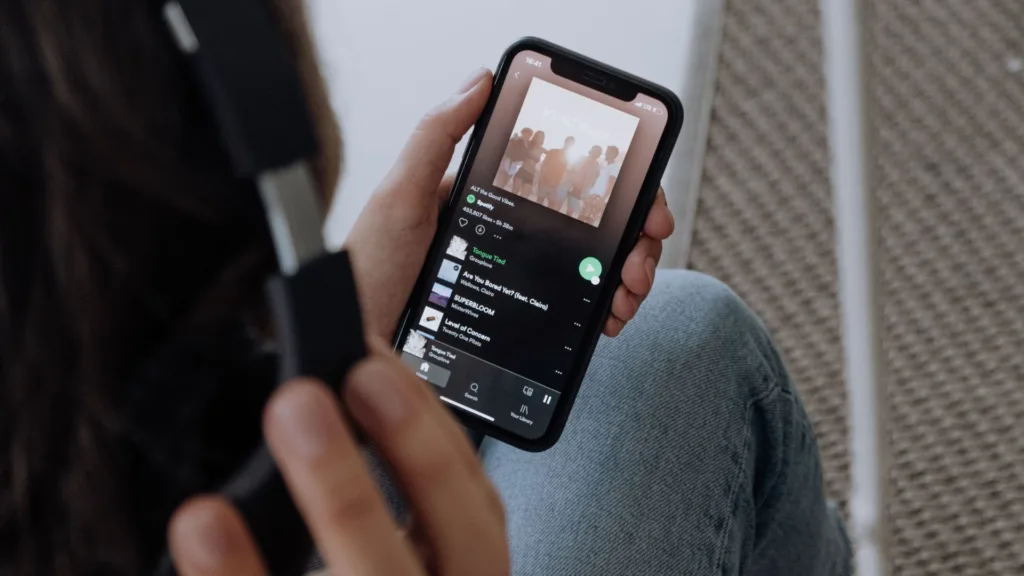SUBSCRIPTION POV #1
By Morten Suhr Hansen
Not that long ago, I arranged a workshop with a customer, where the purpose was to develop a strategy for the optimal retention of subscribers in their business. How can we secure that new subscribers keep subscribing to our product for as long as possible, we asked ourselves. Because we all know this: A subscription business’ success is not measured on how many people sign up, but rather on how long the subscribers stay. Lifetime and lifetime value are the defining parameters for success.
Therefore, before the workshop, I had asked all of the participants to prepare an answer to one simple question: ‘Tell me about a subscription that you have today that you like and which there is a 98% chance of you still having a year from now. It turned out to be an interesting question because even though we all have a line of subscriptions that we like, a 98% chance to stay is high! Even more interesting is that almost all participants thought of the same subscription business. You guessed it – it’s Spotify.
How come everybody loves Spotify?
I myself was one of those who answered Spotify. I have to admit that the service has become such an integrated part of my and my family’s everyday life that it is totally unthinkable that I should want to cancel my subscription to Spotify. Actually, I have free access to Spotify via my phone subscription. But I still choose to pay 22 dollars a month so I and my family have access to Spotify.
So what is it that makes Spotify so unique when it comes to the ability to build loyalty and create retention in their subscribers? And what can other subscription companies learn from Spotify?
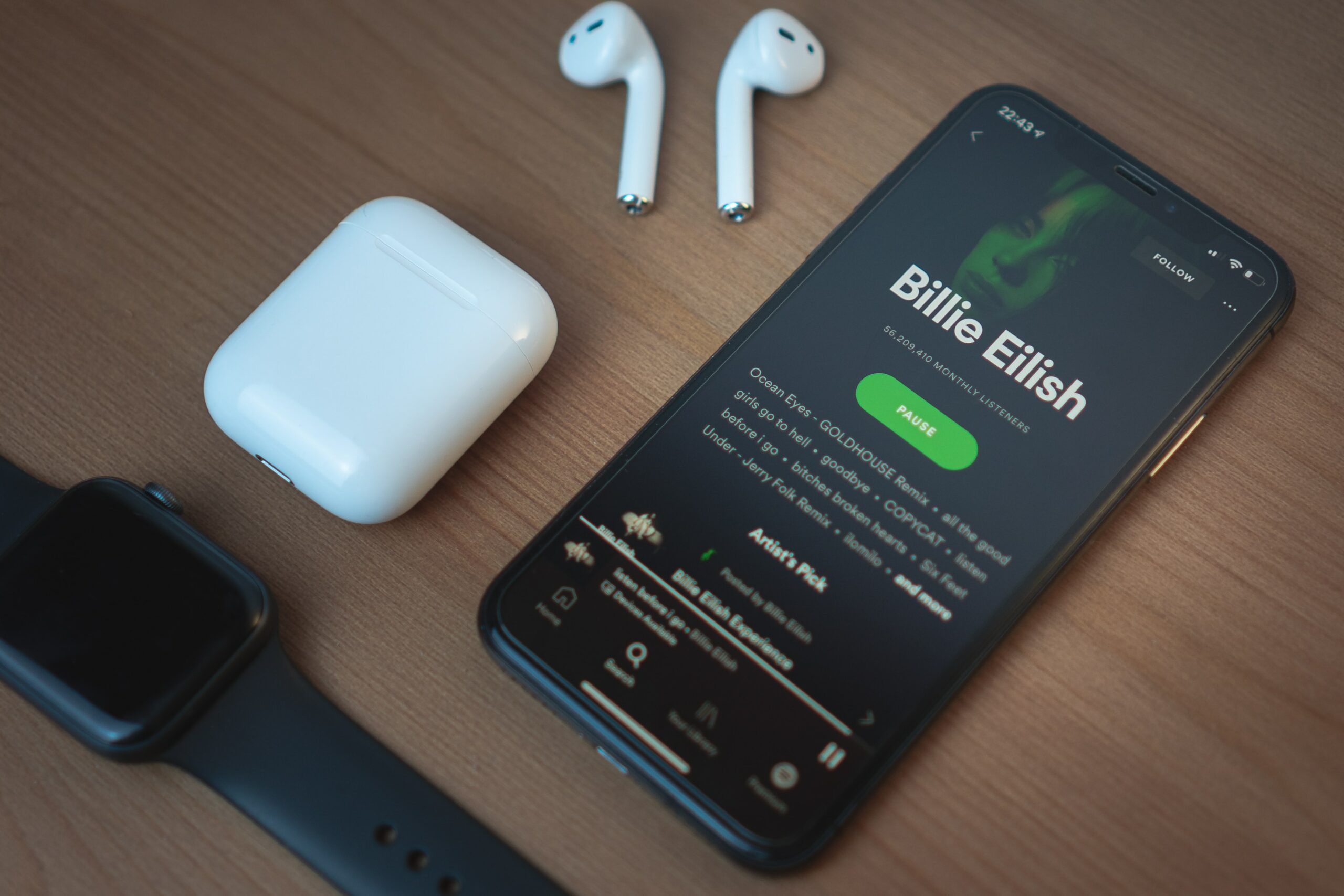
At Subscrybe, we work with a term that we call ‘primary loyalty drivers’. These are all about the ability of the service to create loyalty through content, functions, and services as opposed to ‘secondary loyalty drivers’ such as loyalty discounts, points, and so on.
It is exactly the ability to develop primary loyalty drivers that made Spotify unique. In their model, you don’t get a discount for being a long-standing customer and you don’t earn any points over time. Instead, Spotify has created a line of different functions that engage me as a user and make it hard for me to ever leave the service again.
Let’s take a closer look at the four primary loyalty drivers that Spotify uses:
- Network. As a Spotify subscriber, I am not alone. I become part of a broader network of people. I have the ability to follow my friends and see their playlists. We can even make group playlists and I can follow interesting musicians and their suggestions. Naturally, this makes it harder to leave the service, since that would mean a goodbye to the network.
- History. Spotify keeps track of what I listen to and they use this data actively to recommend new music for me. And once a year I get an overview of my ‘year in music’. The more history, the more I feel like Spotify knows me and is able to personalise my experience. All of this would be lost if I change to another service.
- Multi-user. As before mentioned it is not just me who subscribes to Spotify. It’s the whole family and with each their own profile. This makes it much harder to leave Spotify when it’s not just one man’s decision, but a decision of the whole family.
- Switching costs. In addition to the extensive history, I’ve built an entire library of playlists on Spotify and downloaded a long line of favourite albums. So the cost of moving it all – not in money, but in time – is enormous. That alone retains me, even if I find a service that is better and cheaper.
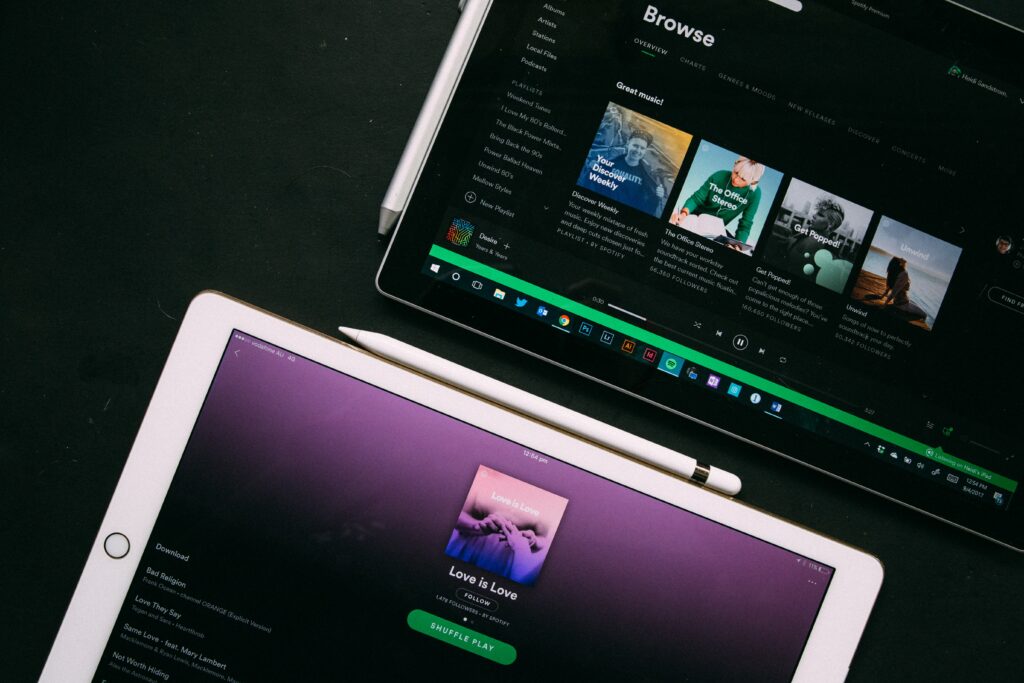
What can other companies learn from Spotify?
So maybe it’s not so strange that so many people point to Spotify as the subscription they would hate to live without! The question then becomes what other companies can learn from this?
In reality, I think that almost every other subscription company can draw a benefit from asking themselves the question: “If Spotify had the responsibility for my subscription business, what would they do?” Or in other words: “How can I design my subscription service in a way, so it gets really hard to leave again?”. Not by using negative binding and not with discounts and points. No, by designing the service so that it becomes more and more valuable for me the more I use it. And the more others use it and the more people in my household use it.
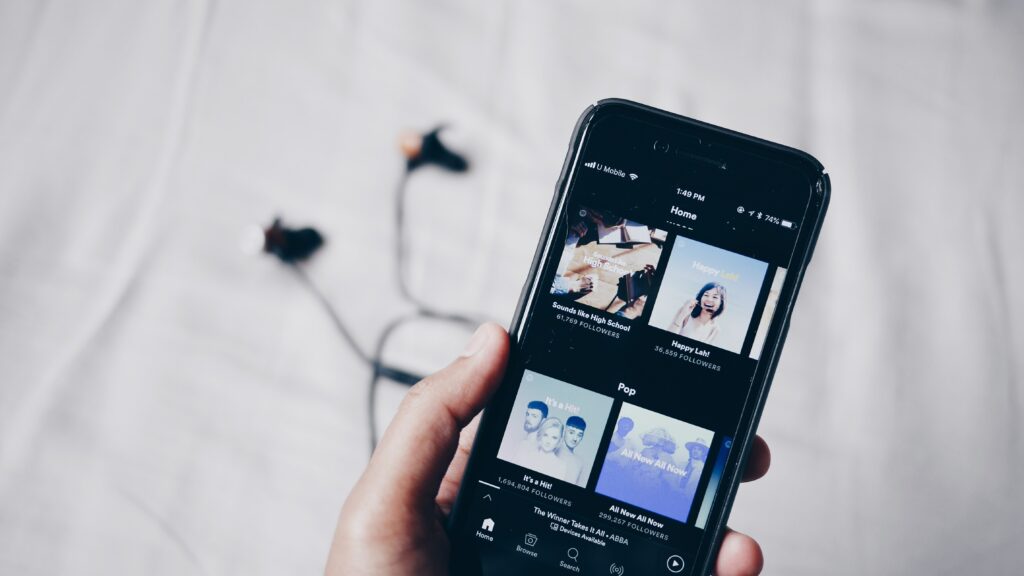
This exercise has resulted in many exciting perspectives with our customers. It also happened at the workshop that we just finished, where we succeeded in developing some more exciting loyalty drivers for a whole new subscription service.
So, remember to ask yourself when looking at your subscription business and ask yourself the question: “What would Spotify do?”
